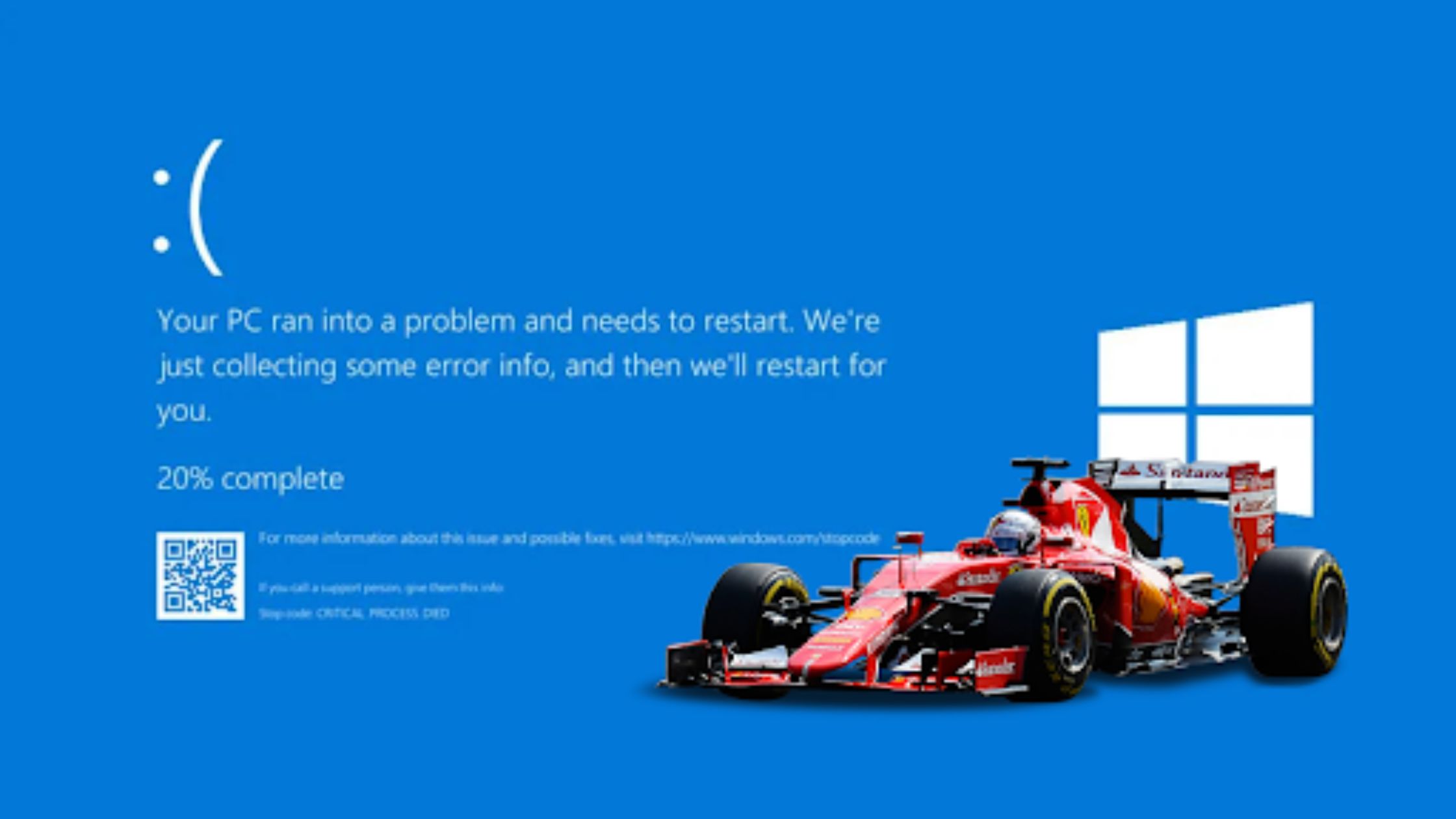
In the world of cybersecurity, choosing an operating system is like picking a Formula 1 car. Each operating system—Windows, macOS, and Linux—has its strengths and weaknesses, much like F1 cars from different teams. Here’s why Windows security is often seen as lagging behind macOS and Linux, explained through the lens of F1 racing.
7 Reasons Why Windows Security Is Often Lagging
1. Market Share And Popularity: The Popular Team’s Target

Imagine Windows as the most popular F1 team with the most fans and media attention. Its dominance makes it a prime target for rival teams (cybercriminals) trying to exploit any weaknesses. Just like a top F1 team is under constant scrutiny, Windows, with its over 70% market share, faces relentless attacks. In contrast, macOS and Linux, with their smaller user bases, are like less popular teams that attract fewer attacks.
2. Legacy Support And Backward Compatibility: Old Car Models On The Track
Windows is like an F1 team that still runs older car models alongside its new ones. While this helps long-time fans (users with legacy applications), it also means that old, less secure parts (software) are still in play. This backward compatibility can introduce vulnerabilities, similar to how older car models might not meet modern safety standards. macOS and Linux, in contrast, tend to retire older models more quickly, reducing these risks.
3. Security Model And User Privileges: Pit Crew Permissions
In the past, Windows allowed users to act like the pit crew chief, with full control over the car, leading to higher risks if they made a mistake. Although recent versions have improved with features like User Account Control (UAC), the legacy of granting users too much control still lingers. macOS and Linux, on the other hand, operate more like a tightly managed pit crew, where only specific members have full access, reducing the chances of errors and breaches.
4. Patch Management And Updates: Quick Pit Stops Vs. Delays
Effective patch management is like a well-executed pit stop. Windows, with its complex and diverse ecosystem, sometimes faces challenges that cause delays (compatibility issues) in applying critical updates. This is akin to a pit stop taking longer than expected, which can jeopardize the race (system security). In contrast, macOS and Linux have more streamlined update processes, allowing for quick and efficient pit stops, maintaining better security.
5. Open-Source Advantage Of Linux: Transparent Engineering

Linux benefits from being open-source, akin to an F1 team that openly shares its car design. This transparency allows for thorough inspections and rapid fixes, similar to how open engineering practices can lead to faster problem resolution. Proprietary systems like Windows, where the design is closely guarded, do not benefit from this level of community-driven scrutiny.
6. Built-In Security Features: Advanced Car Technology
macOS and Linux come equipped with advanced security features, like state-of-the-art car technology that enhances performance and safety. For example, macOS has features like XProtect and Gatekeeper, while Linux offers powerful firewall tools and access control systems. Windows has improved with features like Windows Defender and BitLocker, but these have historically been reactive measures, like adding safety features after a crash.
7. User Base And Security Awareness: Experienced Drivers
The typical user base of macOS and Linux is often more technically inclined and security-aware, similar to experienced F1 drivers who understand their car’s intricacies. Linux users, for example, are often developers or system administrators who prioritize security. macOS users benefit from Apple’s stringent app review process, akin to rigorous pre-race inspections. Windows, with its broad and diverse user base, includes many who may lack the technical knowledge to maintain strong security, like rookie drivers who are more prone to mistakes.
Recent Issues: The Blue Screen Incidents
Recent events have highlighted Windows’ security struggles. For instance, after a CrowdStrike update bug left users facing a blue screen of death, a new issue arose following the July Patch Tuesday security update, which booted some users into a BitLocker encryption recovery screen. These incidents are like a top F1 team suffering repeated mechanical failures during critical races, undermining user confidence.
Blue Screen Of Not Quite Death: Unlike the traditional blue screen of death, this new issue presents a BitLocker recovery screen, requiring users to enter a recovery key. This unexpected problem post-update is like an F1 car suddenly needing an unscheduled pit stop, disrupting the race (user workflow) and highlighting underlying reliability issues.
Conclusion
While Windows has made significant strides in recent years, it still faces challenges that make it more vulnerable compared to macOS and Linux. Factors such as market share, legacy support, and historical security practices contribute to its perceived inferiority. Just as a top F1 team needs constant vigilance and innovation to stay ahead, Windows users must stay vigilant, keep their systems updated, and adopt best practices to mitigate risks. Meanwhile, macOS and Linux continue to set higher benchmarks for operating system security, offering valuable lessons for the entire industry.
Accelerate Your Security Today!
Ready to enhance your cybersecurity strategy? Contact AlgoRythm Solutions today to safeguard your systems with expert guidance and cutting-edge solutions. Don’t let vulnerabilities slow you down—accelerate your security with us! Visit AlgoRythm Solutions.
